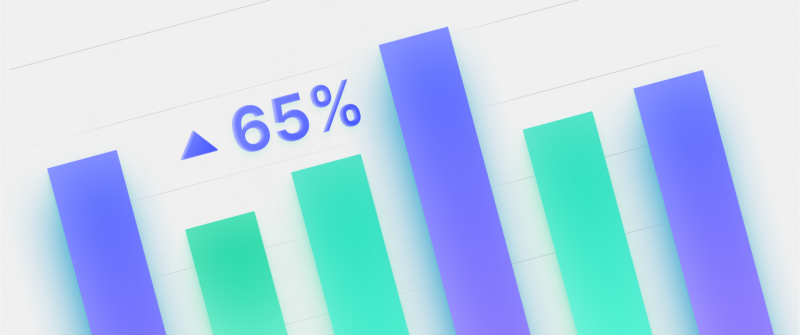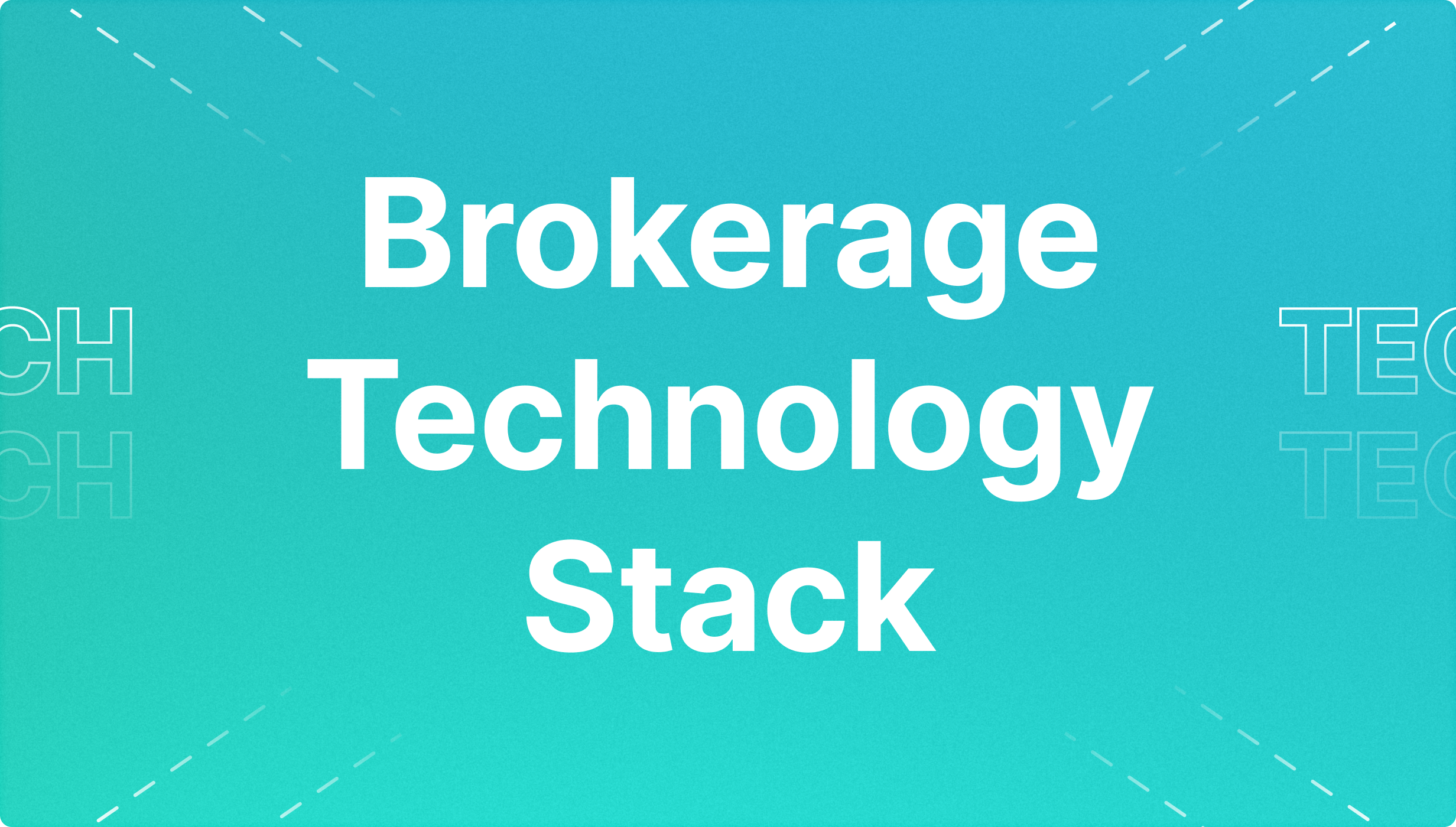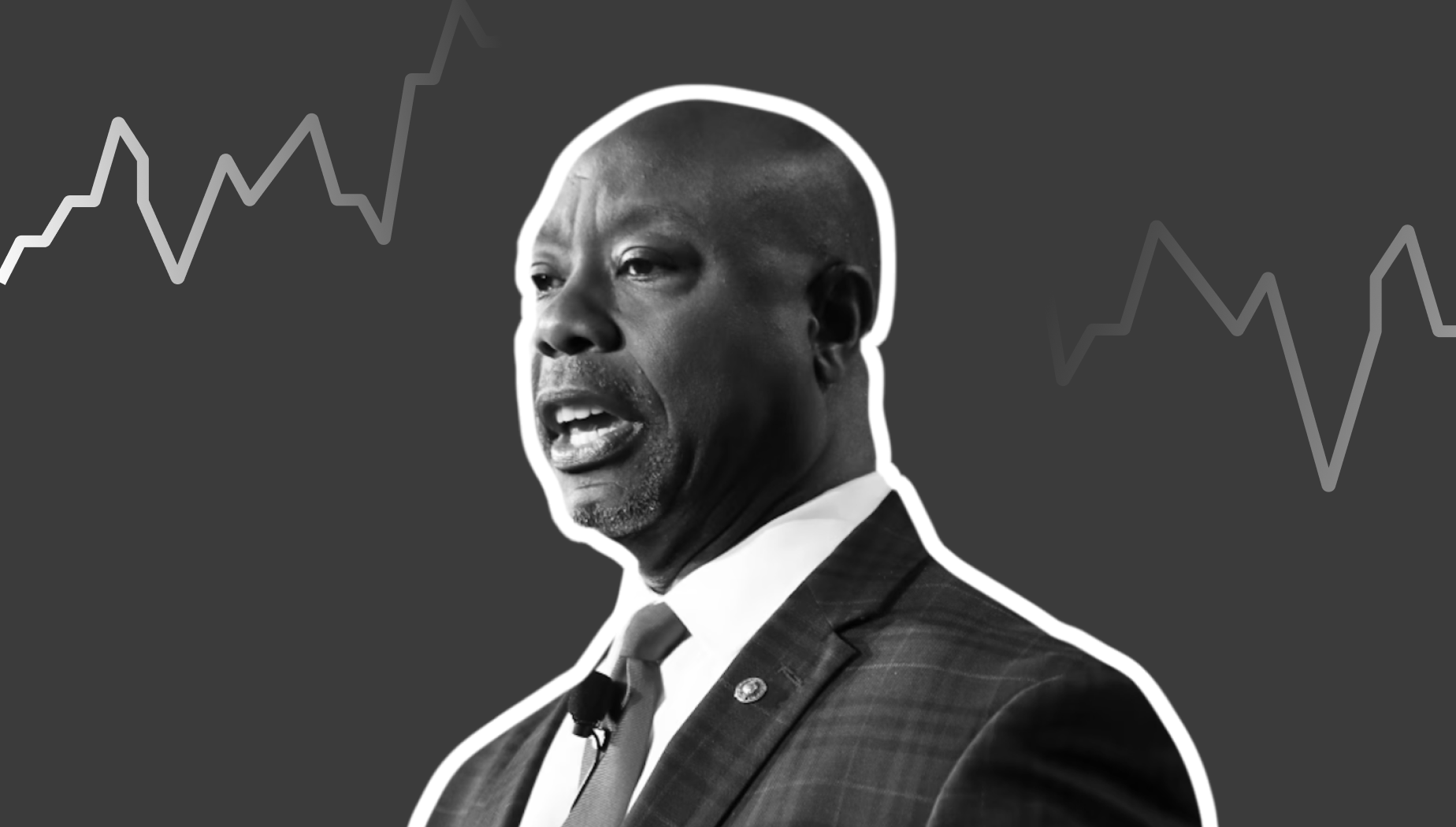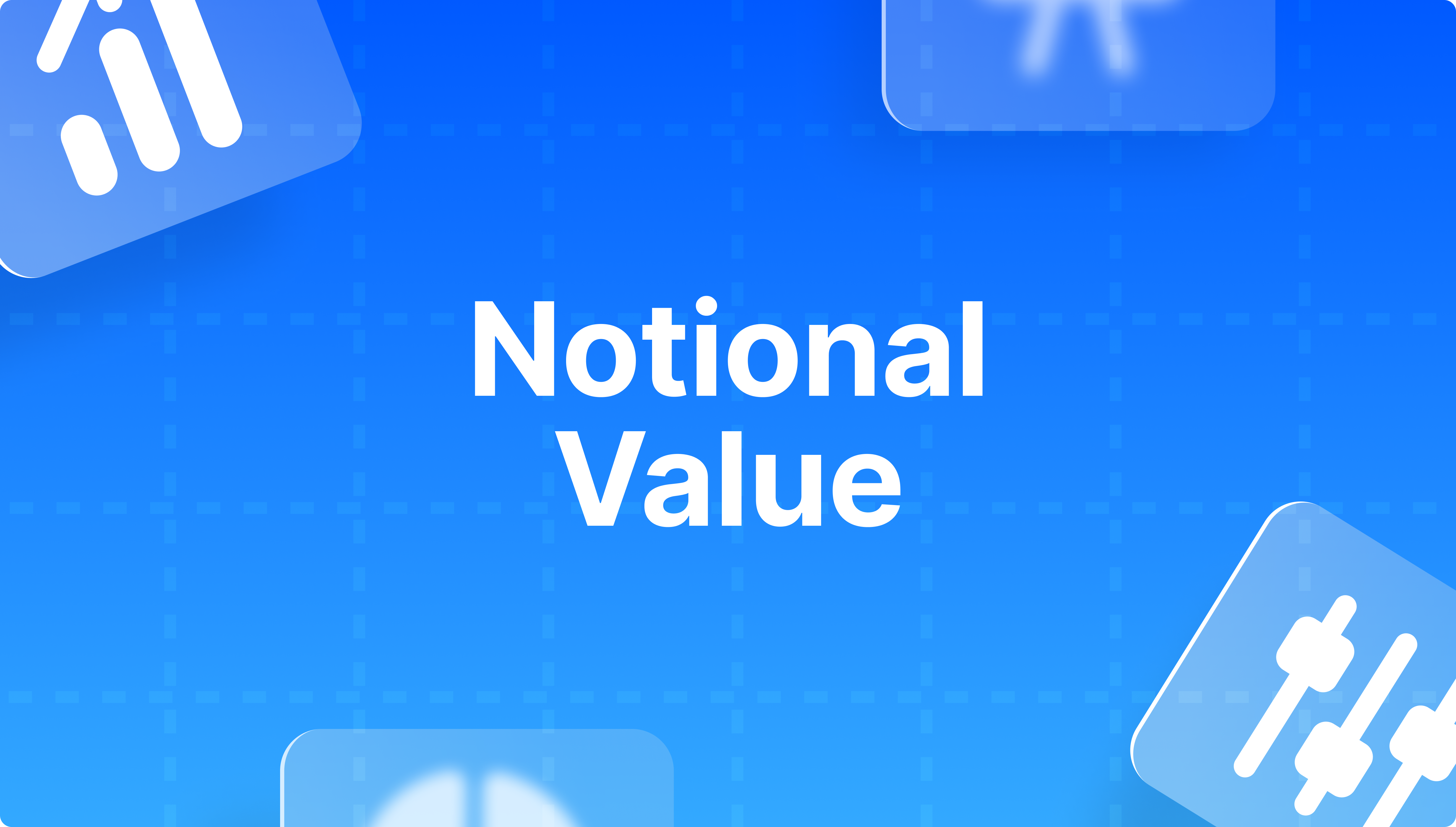What is Energy Trading and How Does it Work?
Articles


In this article, we will consider what energy trading represents, how it works, and what is the essence of the so-called peer-to-peer type of energy trading.
Modern stock trading offers various financial instruments for diversifying investment portfolios and multiplying invested funds. Cryptocurrencies and Forex are among the most popular and highly profitable trading assets. However, there is a category of assets that have always been valued in exchange trading due to their unique characteristics and properties. This asset class is energy resources.
Key Takeaways
- The most popular energy carriers in the commodity markets are Brent Crude Oil, natural gas, and electricity.
- Peer-to-Peer electricity trading is a new innovative and promising direction in the development of electricity distribution technology, where the project plans to optimize energy distribution and promote the transition to zero-carbon energy use.
- The energy market is one of the most demanded markets, containing more capital than the agricultural products market.
What is Energy Trading?
Energy manifests its legal suitability (legal attachment) through the ownership by certain entities of the sources and means of obtaining and transmitting the corresponding energy. The energy market is formed in the process of functioning of the fuel and energy complex of the country as a system of related energy industries, enterprises, and organizations, based on the unity of their functions of prospecting, exploration, extraction (production), processing, transformation, storage, transportation, distribution, and consumption of energy and energy resources, to meet the needs of population and economy of the country with energy resources. Since energy does not exist without a source and its carrier, energy markets refer to energy itself and the markets of the corresponding energy carriers.
Energy markets are an organizational and economic mechanism that ensures the functioning of the sphere of circulation of energy resources, organized according to the laws of commodity production. In their turn, energy resources are nothing more than a material carrier of energy, converted into conditional fossil fuels as a unit of energy quantity in a specific energy resource during FEC entities’ fuel and energy balance planning. Energy resources, representing carriers of various types of energy, define the specific character of social relations subject to energy. Oil, natural gas, gasoline, and fuel oil are best known.
Trade in energy carriers is the process of purchasing any kind of renewable and non-renewable energy sources within the framework of exchange trade operations. The exchange market is characterized by regularity and organization of trading, greater protection for buyers and sellers through a system of clearing and standard contracts, and a guarantee of the quality of traded goods through established standards. An important advantage is transparent pricing, which allows companies to build long-term strategies based on a fixed price for energy resources.
It is believed that trade in crude oil and petroleum products, as one of the most valuable classes of energy carriers, will be of particular importance in the future because the demand for these energy commodities is growing continuously and steadily due to the increasing needs in various areas of human activity. As a result, it can be assumed that the energy market as a whole will be of great value as a result of the limited production of some non-renewable energy sources, both in exchange trading and in commerce. It is also worth noting that power trading has been gaining in popularity recently. The electricity market is highly diversified and accommodates many energy companies whose job it is to produce and supply energy.
The energy exchange market includes more than 50 different assets that are traded on more than 10 different world commodity exchanges.
How Does Energy Trading Work?
Until recently, energy trade between private entities was a rare event. The energy sector had long been monopolized by state-owned companies, which fully controlled the entire energy cycle, from energy generation to transmission and distribution to end consumers. Trades occurred, but between state-owned entities. An exception worthy of mention may have been trade in oil, since many countries depend on imports. But in all sectors, energy was considered a scarce commodity to which GATT trade liberalization rules should not apply (or, if such rules applied, there were exceptions allowing for protectionist measures).
Technological advances have boosted energy trade, making long-distance energy transmission realistic by linking various networks. Trade liberalization has also been facilitated by a better understanding that energy may not be so scarce after all and that its imports, and hence the dependence on other countries, are no longer seen as a threat to national sovereignty. Indeed, in many countries, there was a growing sense that all energy trade might eventually be like other commodity trading. As a consequence, the application of GATT/WTO trade liberalization rules was no longer so forbidden.
As in the case of other types of underlying assets, acting as an object of investment on the commodity market, trade in energy carriers is based on the same principles, based on the active trading activities of market participants. On the other hand, the energy carrier market is one of the most promising and expensive because it includes a list of non-renewable and renewable energy sources, which we will consider below.
Crude Oil
Crude oil is one of the most critical resources on the planet; its price reflects the state of the world economy. Crude oil is also very popular in financial markets. Its price is influenced by many factors, so even experienced analysts find it difficult to predict the price of black gold.
Among the most popular ways to trade black gold are crude oil futures and options and CFD contracts on oil. Futures and options have intrinsic value, which is only sometimes affordable for a beginner trader. CFDs do not have this cost, and contracts are traded in exchange for access, to which you do not need additional fees. CFD contracts are the most convenient and simple – they are available to any type of investor.
Natural Gas
The advantage of buying gas at the exchange trading is the reduction of costs compared to OTC supplies. It is because the commission fee of the three trading coordinators (the exchange, the clearing organization, and the commodity supply operator) is considerably lower than the fee for supply and sales services of regional gas companies (RGCs). Besides, a purchaser under exchange contracts does not pay for the caloric value of gas. Another area of trading development is the organization of exchange trade with delivery for any month in the calendar year.
Electricity
Within the framework of retail electricity markets, solar power purchased on the wholesale and capacity markets is sold, as well as electricity from generating companies that are not participating in the wholesale market. Guaranteed supply companies, energy sales organizations (energy supplying organizations), and electric power (capacity) producers on retail markets may act as both sellers and buyers concerning the purchase and sale of electric power (capacity) on retail markets.
In the wholesale markets, sellers and buyers are generating companies, electricity export/import operators, sales organizations, grid companies (in terms of purchasing electricity to cover transmission losses), and major consumers. Wholesale market entities may act as sellers and buyers of electric power and capacity.
Energy resources are an important component of exchange trading because assets in this category are of high value in the investment activities of many large private investors as well as institutional investors. These instruments can be purchased on one of the existing commodity exchanges listed below.
New York Mercantile Exchange (NYMEX)
Currently, NYMEX is the world’s largest energy and metals trading center. The NYMEX has three divisions: – Commodity Exchange or COMEX, represents the metals market, beginning with gold and ending with aluminum; – NYMEX, representing the energy resources markets, starting with oil and up to electricity and also palladium and platinum; – NYMEX miNY, represents the market, where mini contracts are made.
Intercontinental Exchange (ICE)
Intercontinental Exchange is the world’s largest exchange holding and operator of the derivatives market. This American financial company covers half of all world trading in oil futures and contracts on derivative products, as well as derivatives trading on all types of underlying assets within its trading floors. It sets the price of such energy resources as Brent oil, and its clearing houses, regulates commodity and financial markets in the U.S., Europe and Canada.
London Stock Exchange
The London Stock Exchange, or LSE for short, is the world’s largest trading floor for base metals. It is independent of other American platforms and has a long history. It was here that many exchange trading instruments originated.
With its vast turnover, the LSE operates in a relatively small market in Britain compared to the U.S. market. The exchange gets its volume by serving foreigners. This is the most international trading floor in the world. Securities and commodity contracts from 60 countries are quoted here. The stable legislation, independent court, and loyal and orderly trading conditions attract foreign investors, traders, and brokers.
SICOM
Since its opening, SICOM has proclaimed itself a “new generation market,” working to create a “new world economic order. Numerous contracts for coffee, rubber, and agricultural commodities are traded here on a daily basis, but the impact of the exchange’s activities is still relatively small on a global scale.
The exchange is key because of its proximity to many producers of these commodities in both the Indonesian archipelago and broader Southeast Asia. Also, the addition of the ability to contract gold has given a new alternative for traders in Southeast Asia and neighboring countries.
Its main features include a strong market foundation and integrity, as well as a high level of transaction reliability and financial security. The possibility of any credit risks is excluded, as SICOM acts as a counterparty in each transaction.
What is Peer to Peer Energy Trading?
With the growing share of renewable energy sources (RES) in the energy balance of many countries, traditional energy consumers are becoming prosumers who can both consume and generate energy. RES electricity generation is usually intermittent and difficult to predict. When consumers have a surplus of electricity, they can store it using energy storage devices, export it back to the grid, or sell it to other energy consumers. Direct energy trading between consumers and producers is called peer-to-peer or peer-to-peer trading, which is developed based on the “P2P economy” concept (known as sharing economy) and is frequently implemented within the local power distribution system. This technology opens up new opportunities for all network participants, for example, to choose whom to sell electricity to and from whom to buy it.
The two main reasons why the P2P model was invented are to increase the construction of distributed energy resources: solar panels and wind farms connected to the electric grid, and to promote the further development of the energy process. This technology allows buyers to change their role in the trading process. On the one hand, they directly sell electricity to other consumers and profit at relatively high tariffs and relatively low buybacks. On the other hand, buyers can save while sellers can profit.
This technology of relationships between elements of the power system is well-established in microgrids like Brooklyn’s. However, its application is also possible on a larger scale: the interconnected power systems of countries. A prime example of a large scale is the SonnenCommunity project.
The SonnenCommunity was developed by SonnenBatterie, a battery manufacturer in Germany. It is a community of SonnenBatterie owners who share their energy with others at a rate provided by SonnenCommunity. With the SonnenBatterie system and photovoltaic panels, members can cover their own energy needs on sunny days and even have excess energy. This surplus energy is not fed into the power grid, but into battery energy storage units used to support the power supply of Sonnencommunity members when they cannot produce enough energy due to bad weather. To communicate and control all Sonnencommunity members, central software has been developed to balance energy supply and demand.
Conclusion
Today, exchange trade in energy resources is one of the most promising areas of investment activity for many participants of the trade process in various commodity markets around the world. This class of assets is a set of different energy carriers such as oil, natural gas, electricity, etc., which nowadays are of great value within the economic system of one particular state and the whole world.
FAQ
What is trade energy and what are the main resources involved?
Trade energy involves buying and selling energy resources like crude oil, natural gas, and electricity in commodity markets. These resources are crucial for the global economy and offer opportunities for investors to engage in trade energy effectively.
How does peer-to-peer trading work in trade energy?
Peer-to-peer trading in trade energy allows consumers and producers of renewable energy to directly exchange electricity. This decentralized approach optimizes energy distribution and supports the growth of zero-carbon energy sources within the trade energy framework.
What are the benefits of using exchange platforms for trade energy?
Using exchange platforms for trade energy provides transparent pricing, standardized contracts, and increased protection for buyers and sellers. These advantages make trade energy more secure and reliable, enabling long-term strategic planning based on stable energy prices.













